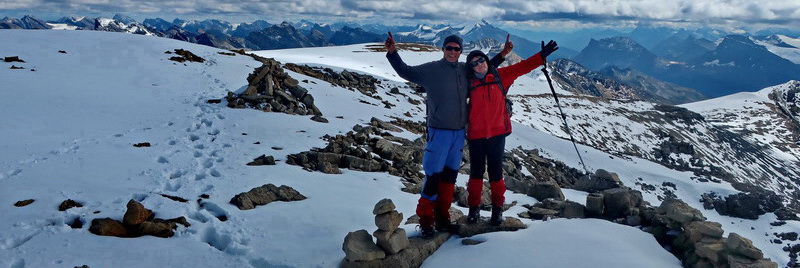We came to again Spain on January 8th 2024 and we continued to awesome Seville which is with nearly 700,000 inhabitants the largest city and the capital of Andalusia. Two kilometers south of its center is the decent official overnight staying place for little money in a vehicle distribution center directly on shore of the channel Canal de Alfonso XIII. Outstanding is Seville's cycle path network thus we strolled around per bicycle and on foot in its old town and surrounding.

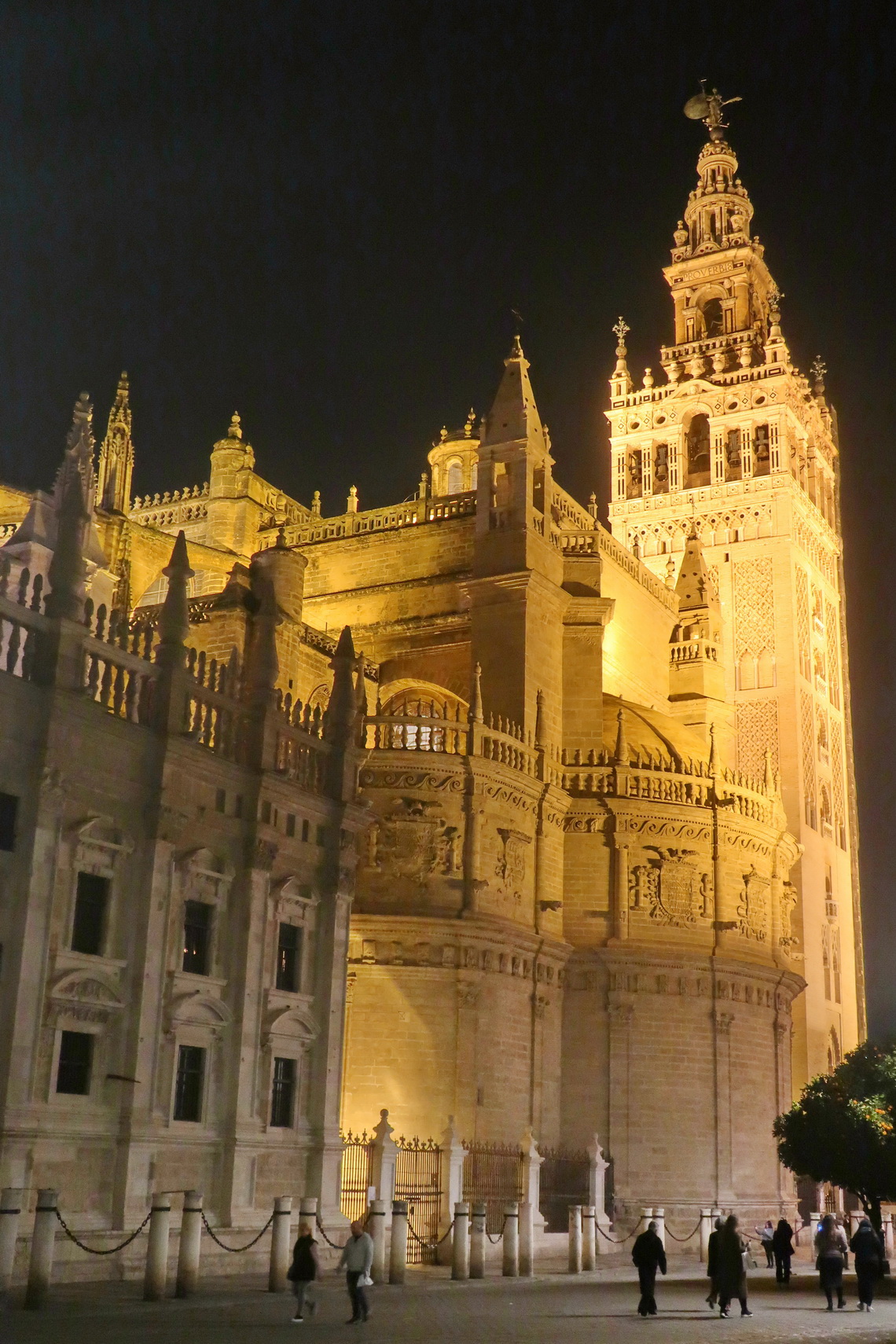
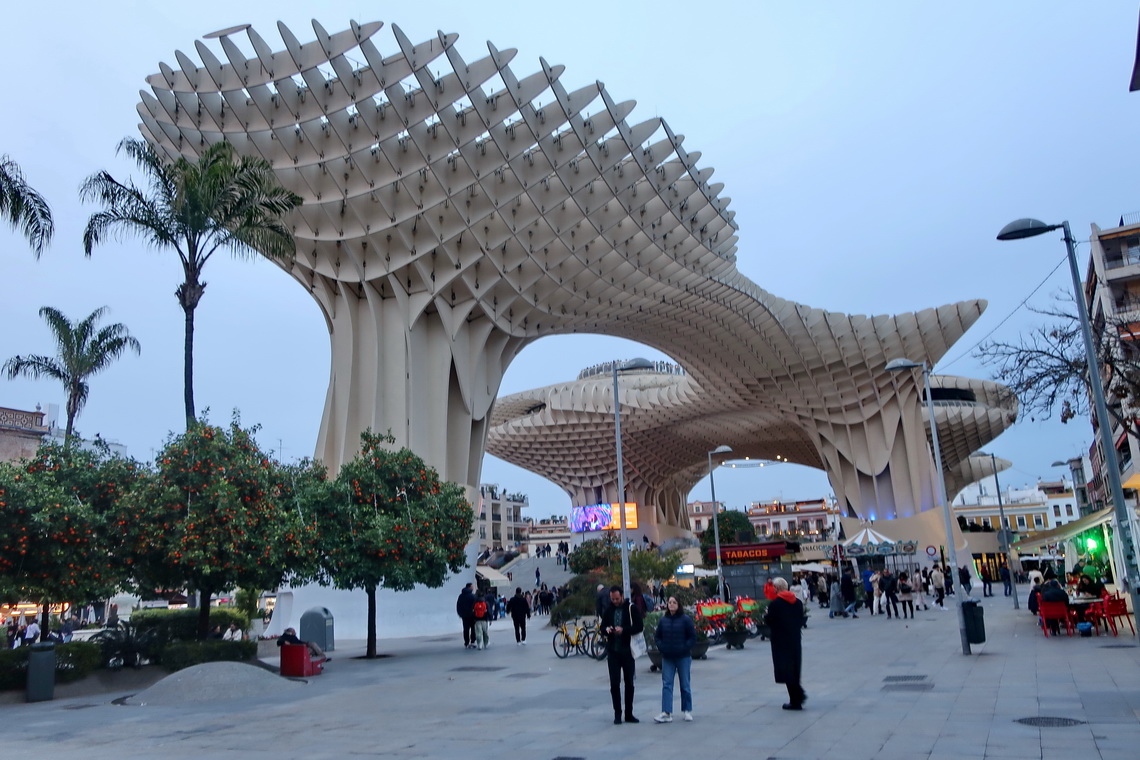

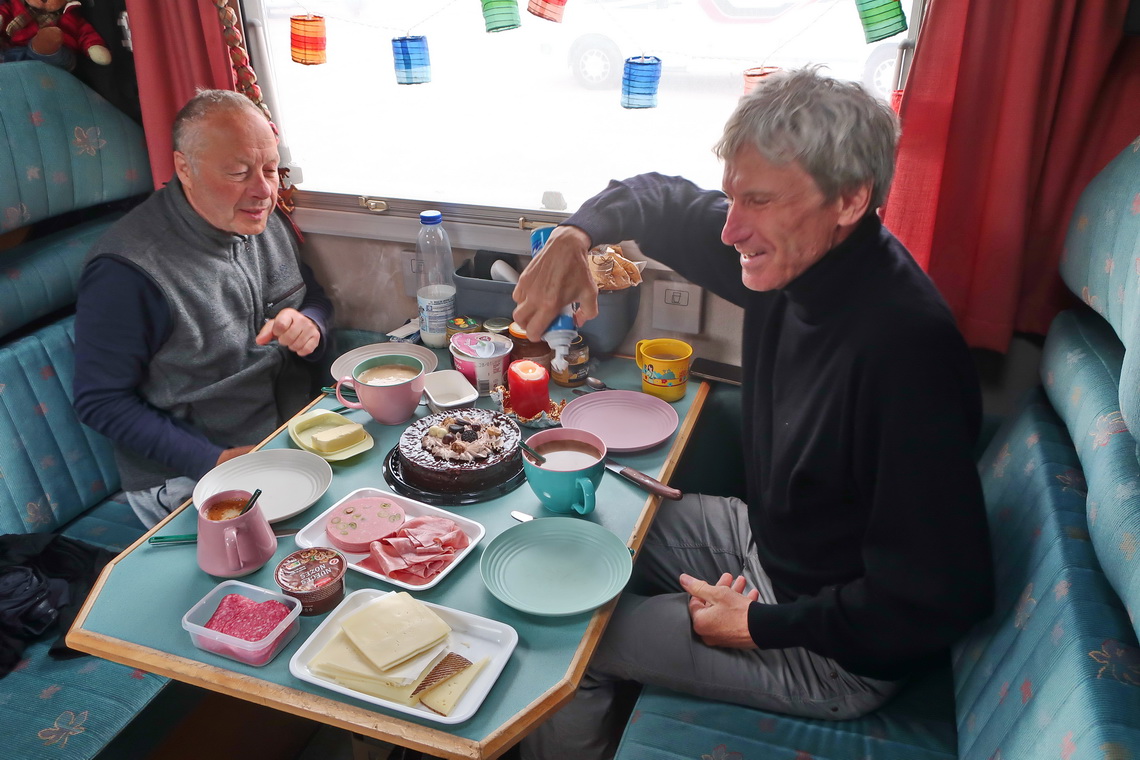
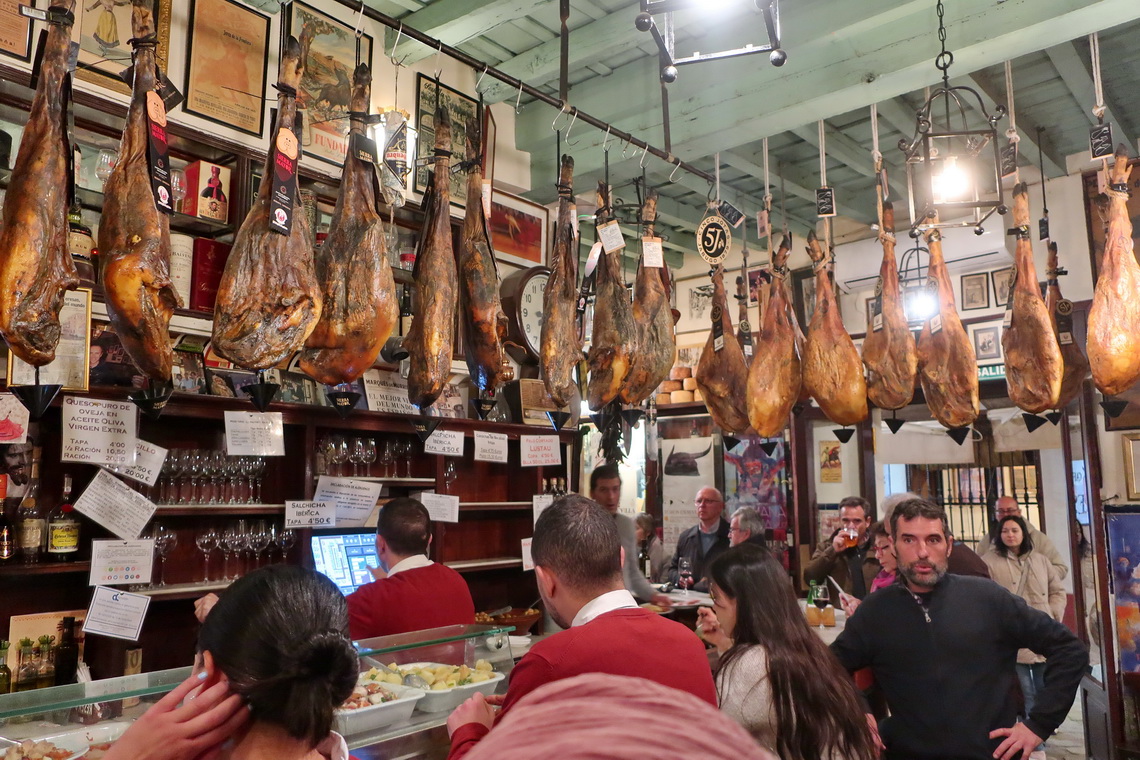
On our second day in Seville we pedaled mainly on good bike lanes 15 kilometers to the ancient Roman city Italica which was one of the most important settlements of the Roman on the Iberian peninsula. Unfortunately it was Sunday and we were aware that they close at 3:00PM but we were not allowed to visit the ruins of its center at 2:00PM, but we could see its impressive Amphitheater. Instead we could explore the interesting area of Seville's Expo 1992 with the theme "The Age of Discovery" - the 500th anniversary of Christopher Columbus reaching Americas after launching from Seville's port. Unfortunately many of the nice buildings and pavilions were in a bad shape.
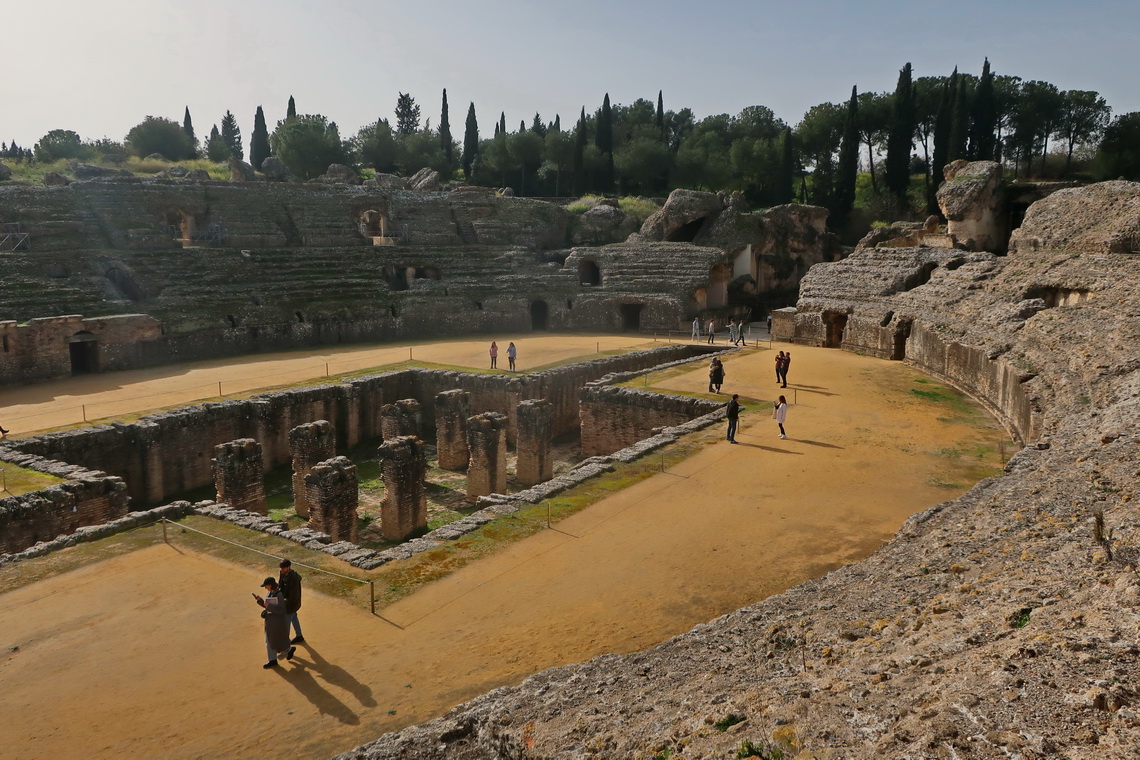
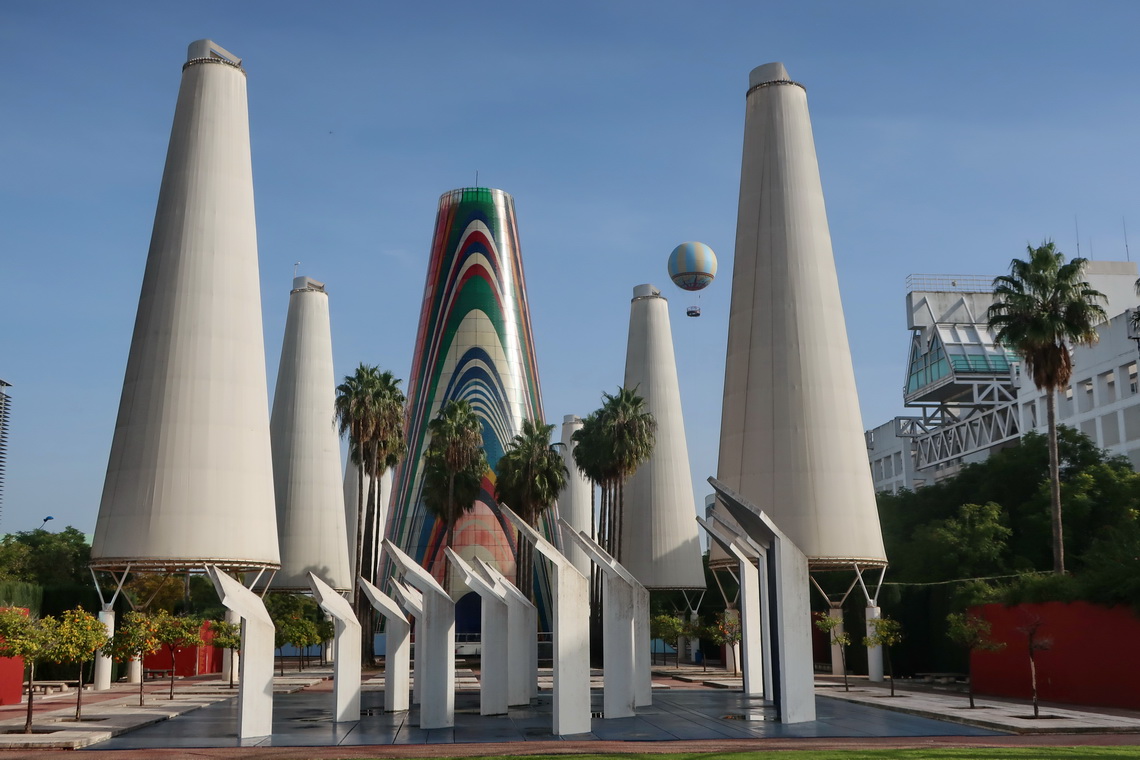
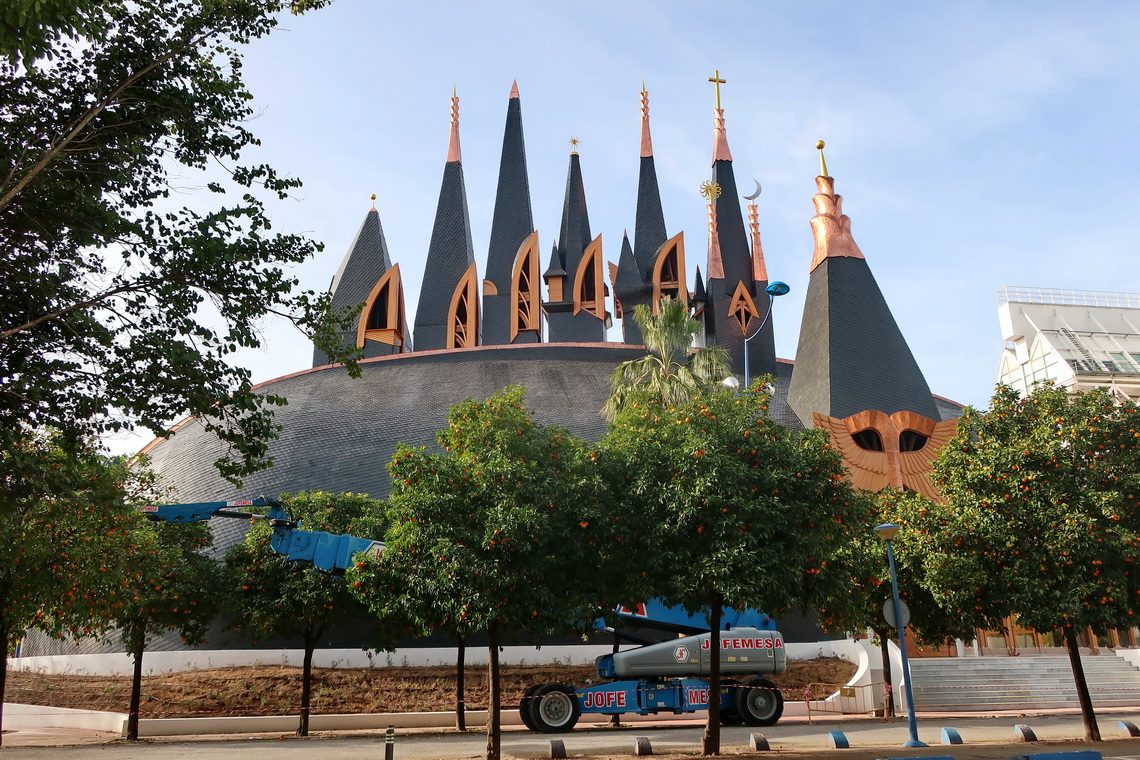
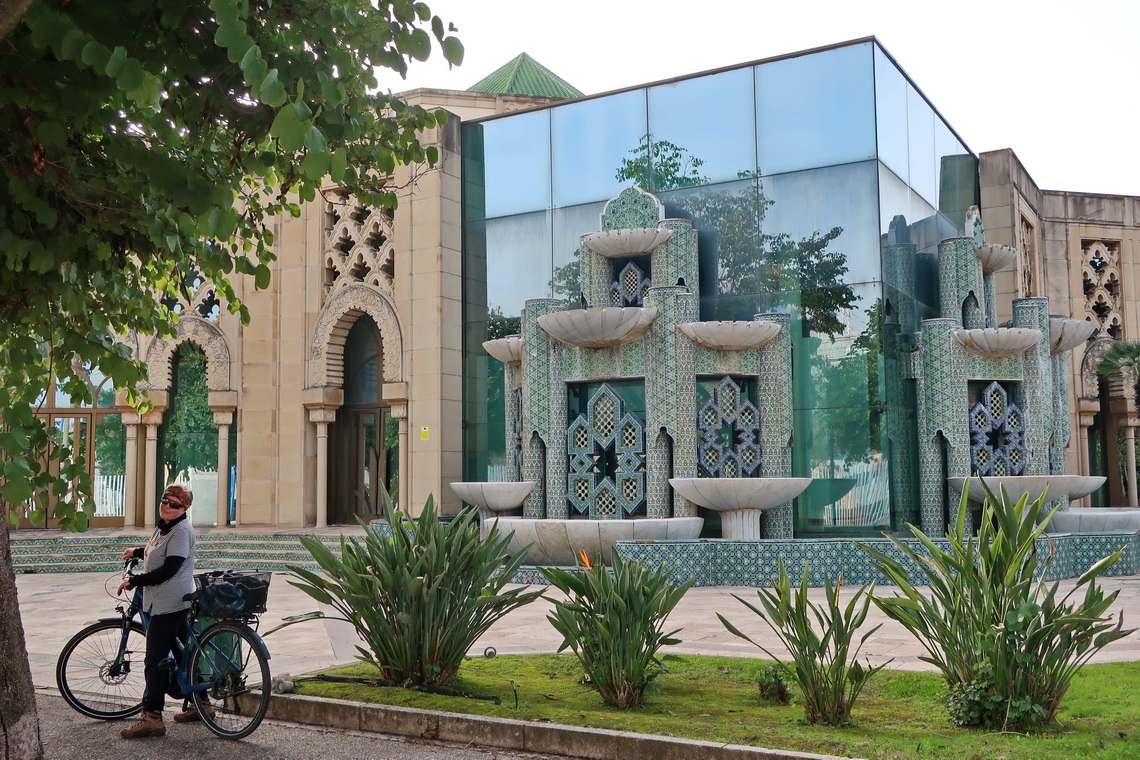
Before we came to Seville we stayed few days in the border town Isla Cristina and in the beautiful National Park Donaña which is more or less the estuary of the mighty river Rio Guadalquivir. There are superb hiking trails in its swamps where we saw many birds including flamingos. Remarkable is the "wild west" village El Rocio which has no paved streets because horses are the main transportation unit.

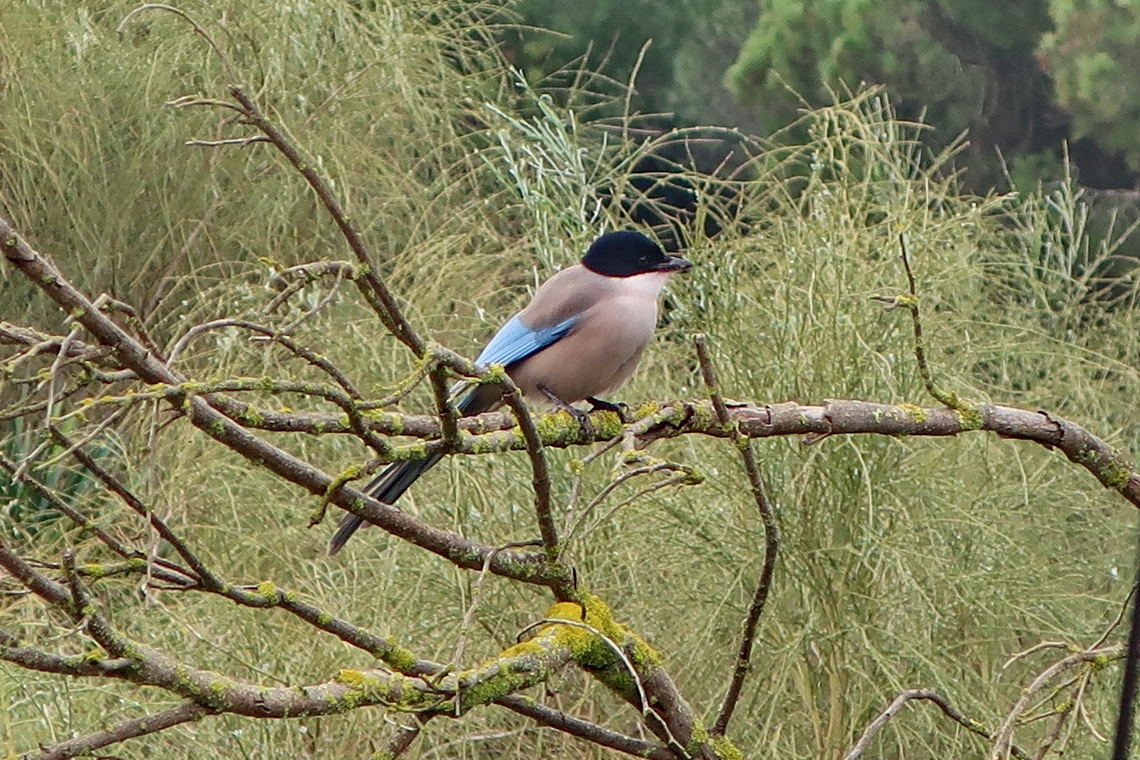
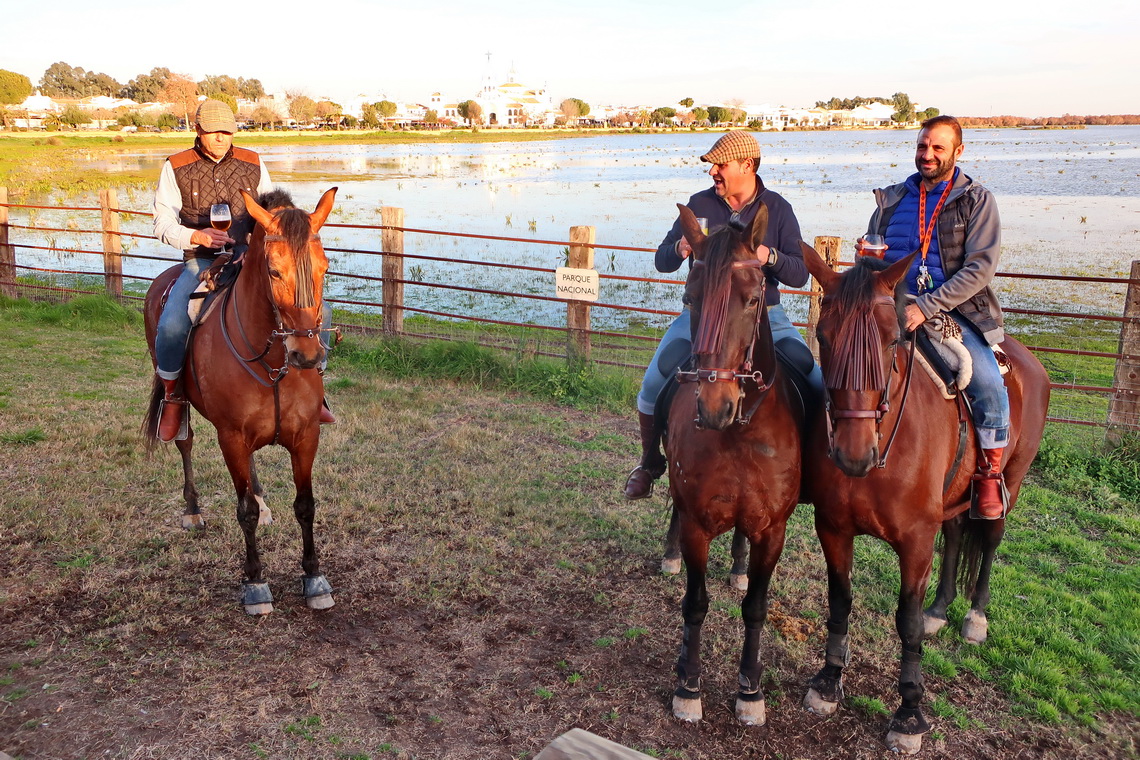
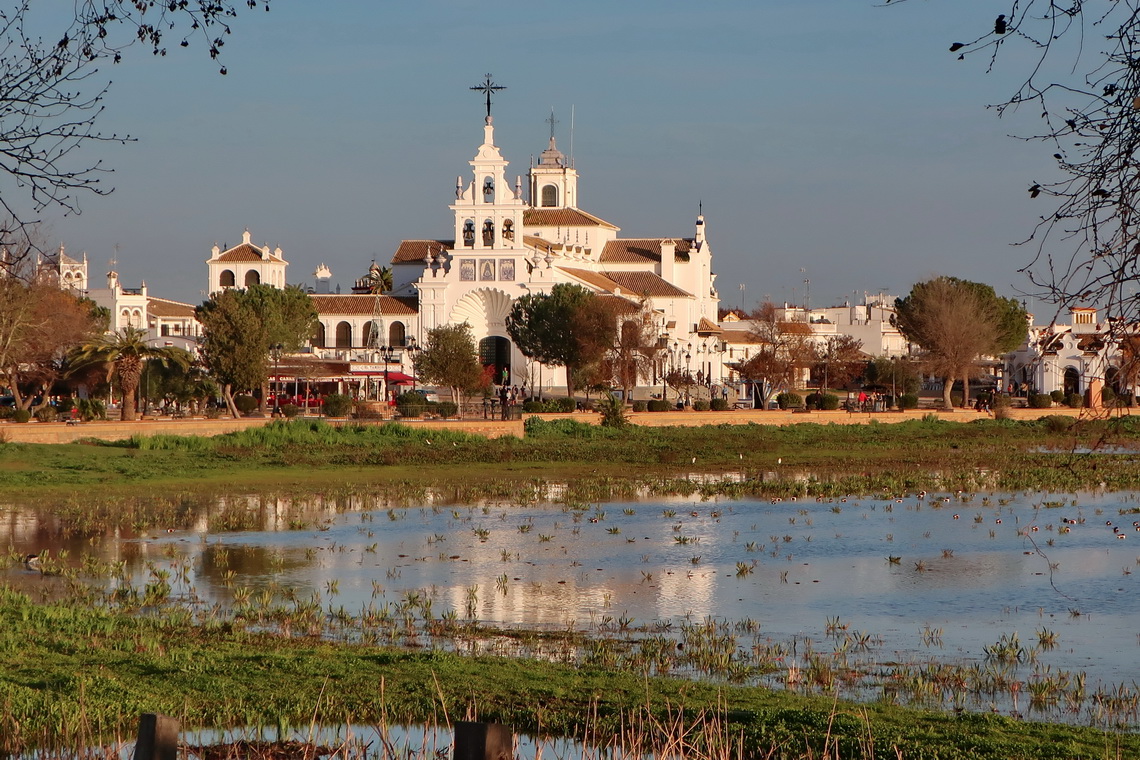
After visiting Seville we "enjoyed" few rainy days in the little town Puerto Real where Marion's sister Jutta and her husband Hermann joined us on January 16th 2024. Together we cycled and walked through the interesting cities Jerez de la Frontera and Cádiz. After outstanding Seville these towns were a little bit like cold coffee for us.
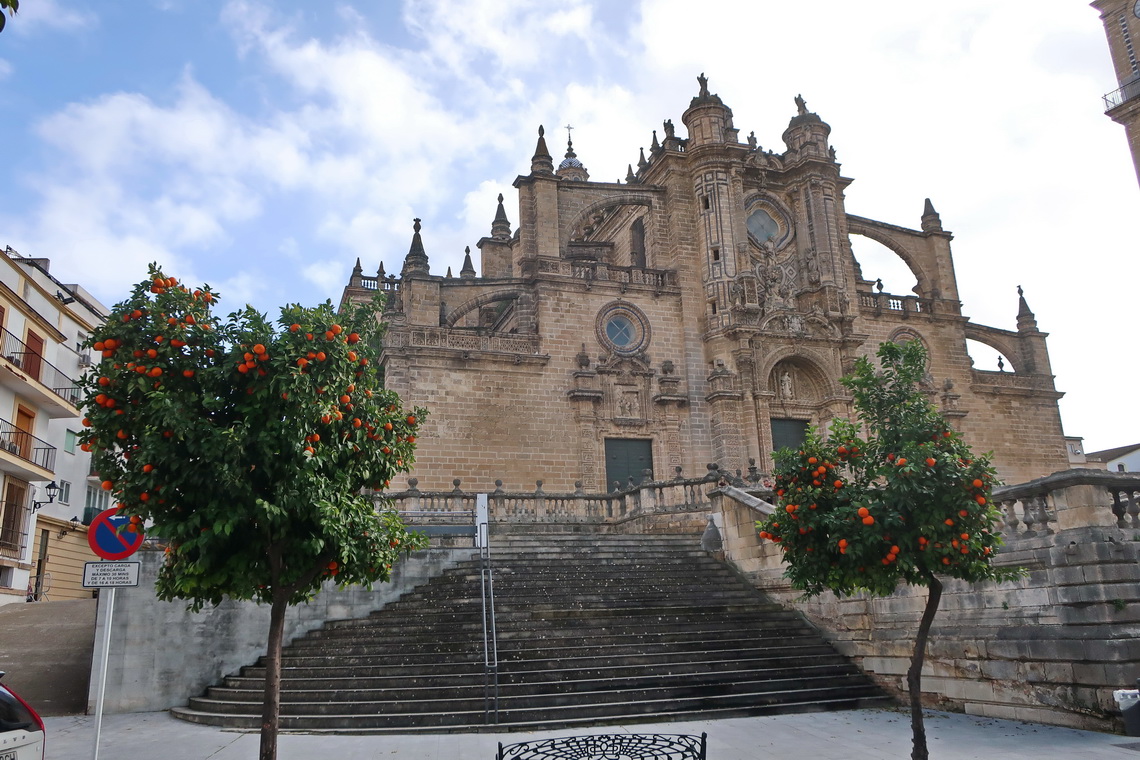
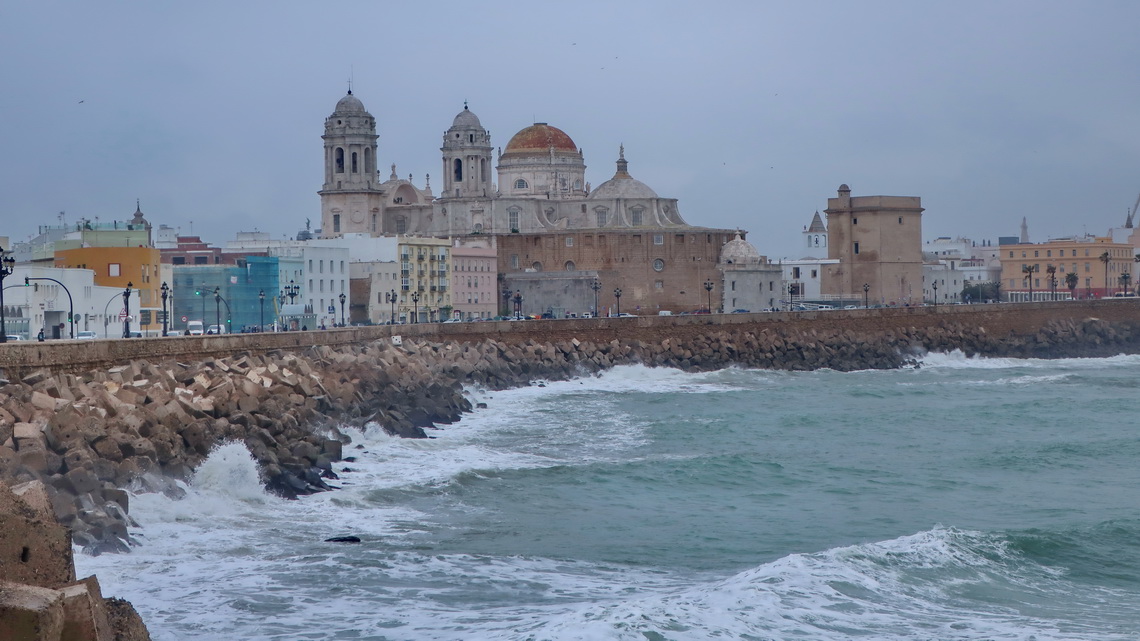
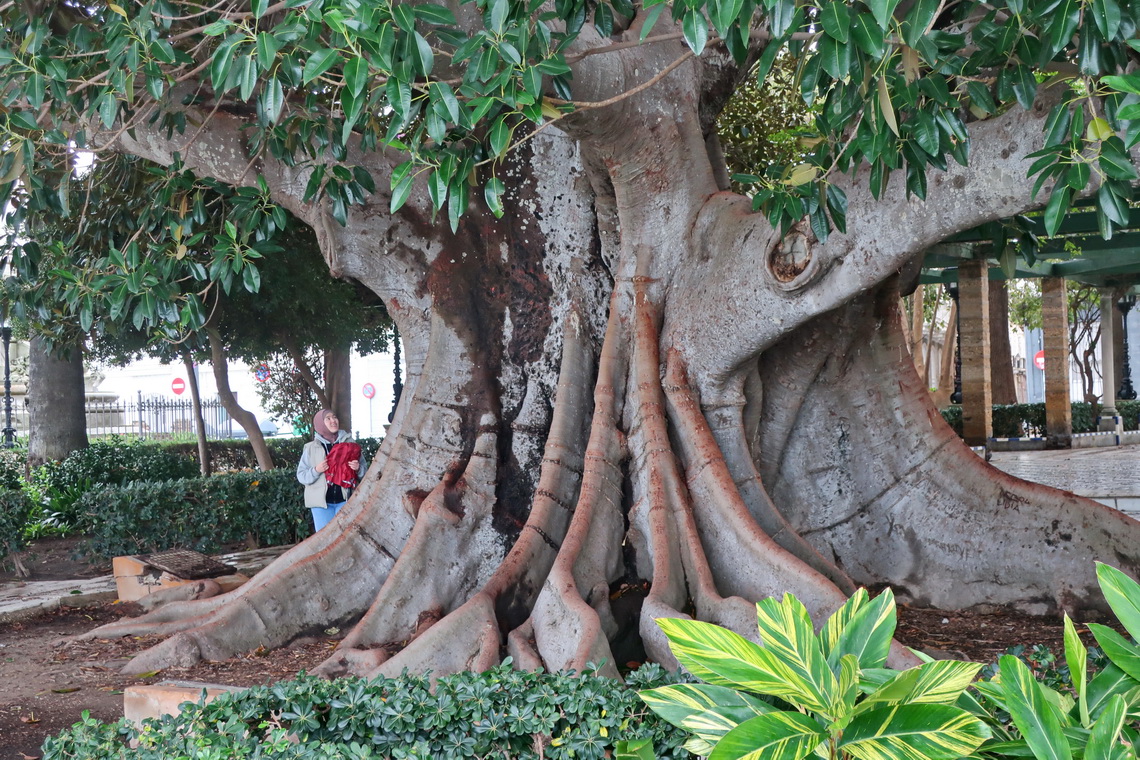
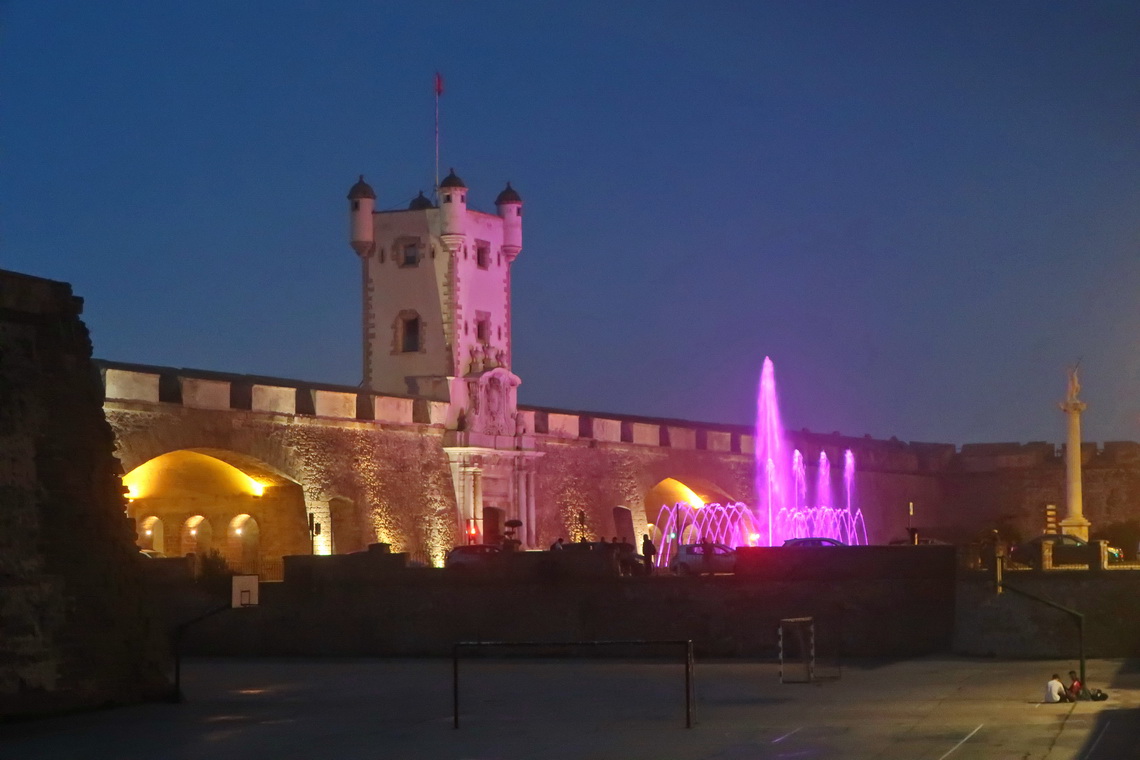
After staying two days in nice but windy and rainy San Fernando the weather changed and we could travel to the mountains of Cádiz where we deeply enjoyed three sunny and warm weeks. In the first days we explored the marvelous villages Medina Sidonia, Benalup, Alcalá de los Gazules and Ubrique. Between the latter two we hiked to the summit of 1092 meters high Pico del Aljibe which is a wonderful trip of more than fife hours.
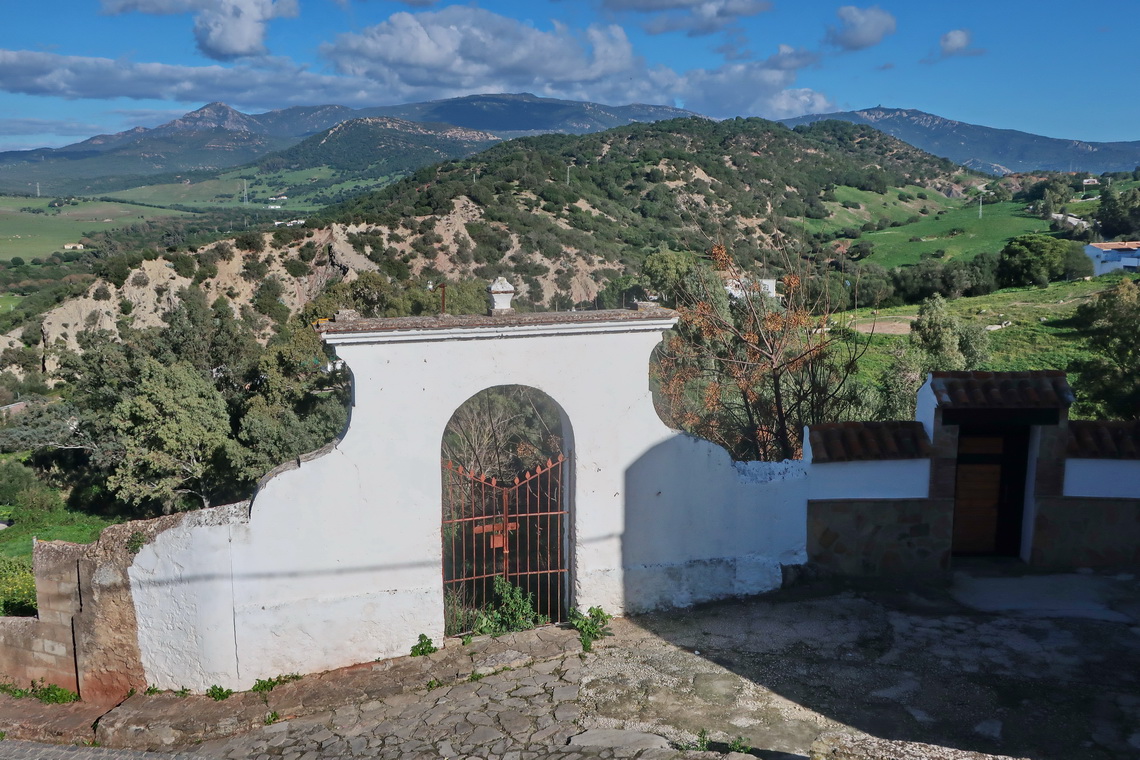
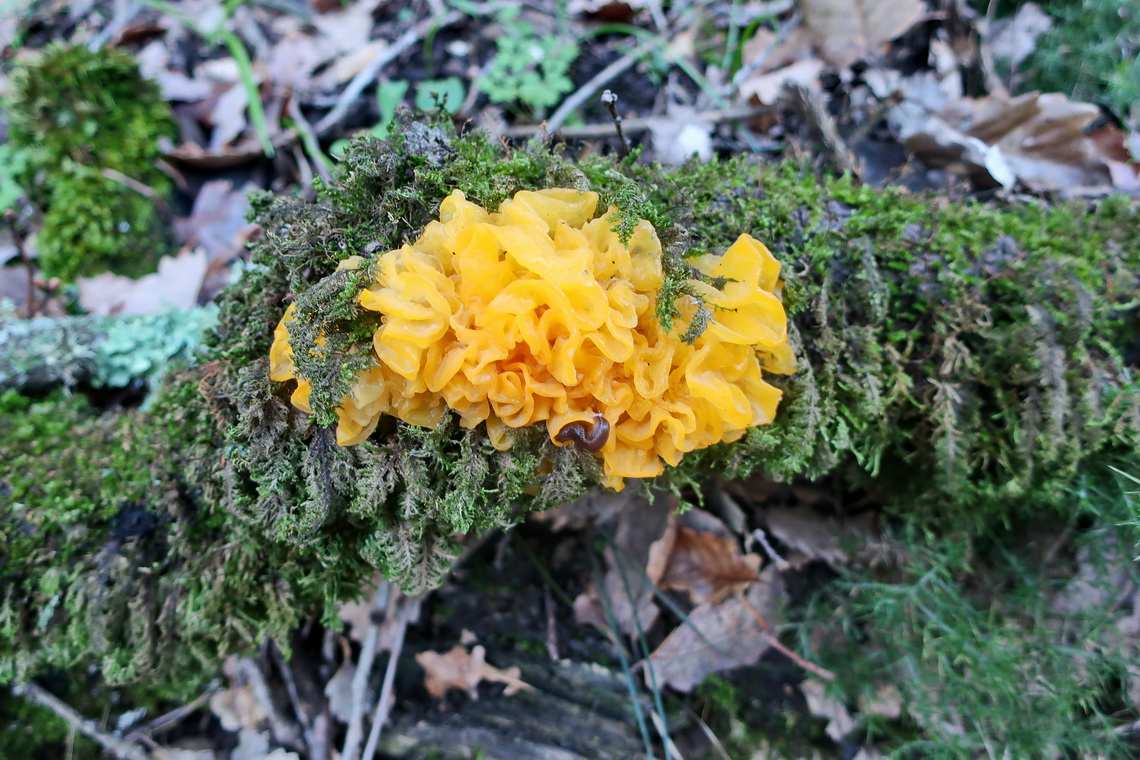
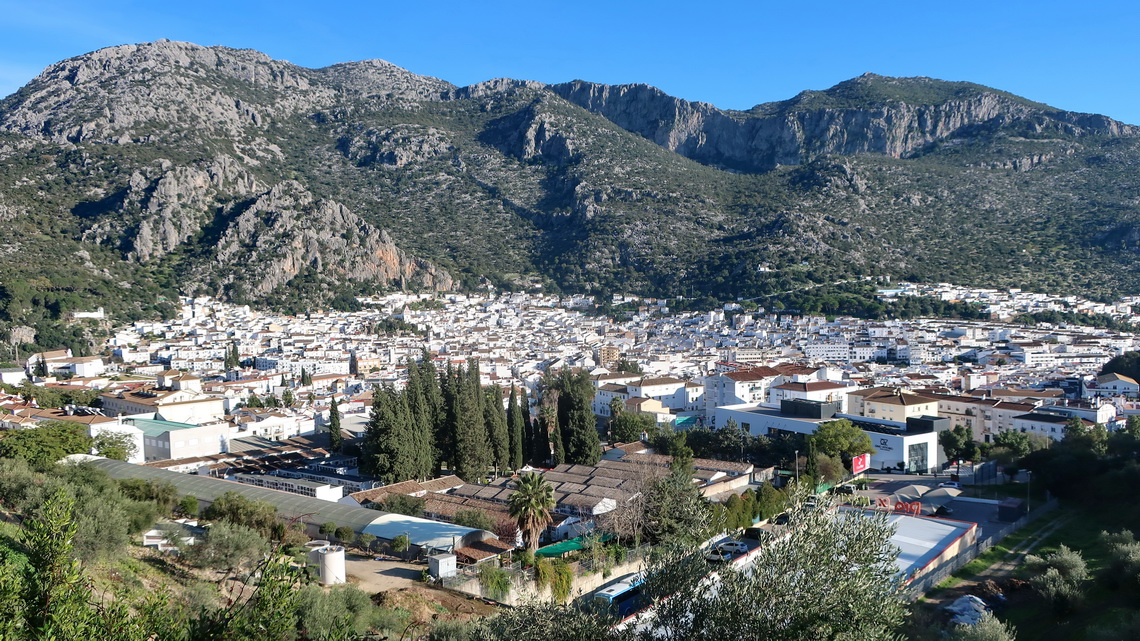
We found an incredible nice overnight staying place in tiny Benacocaz.which is surrounded by huge, rocky limestone mountains. From there firstly we ascended the summit of Navazo Alto which was a strenuous tour of nearly six hours. The final part required some easy climbing.
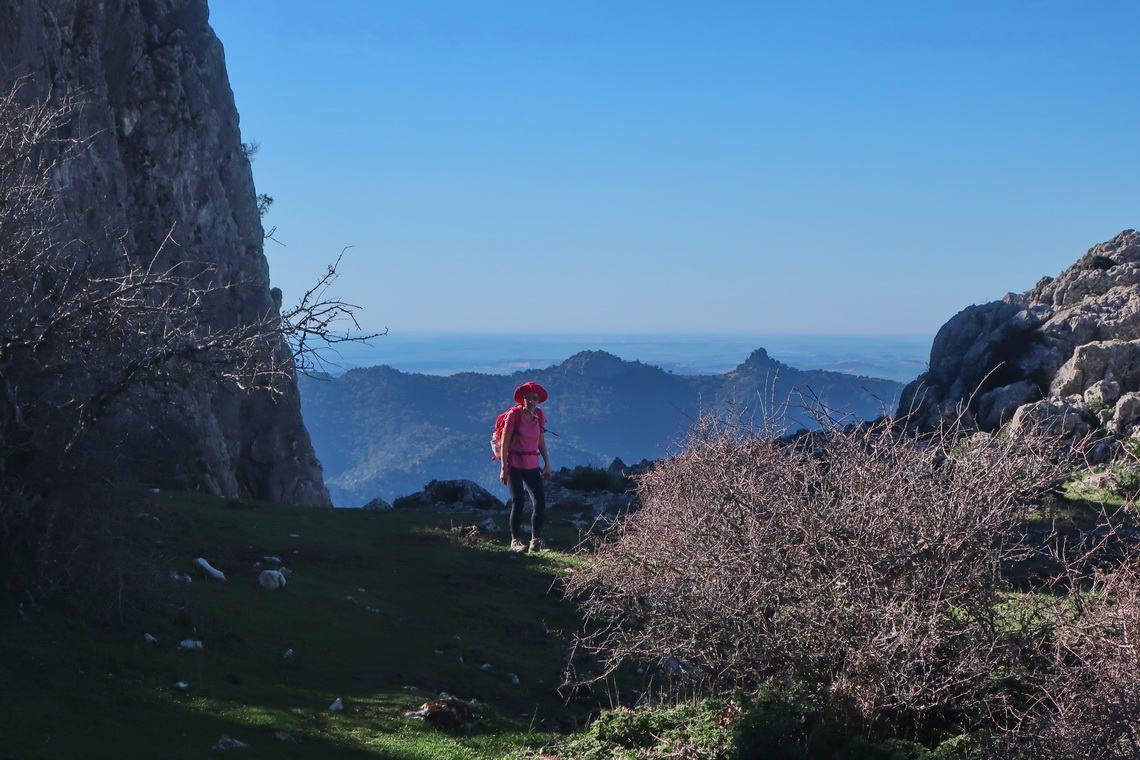
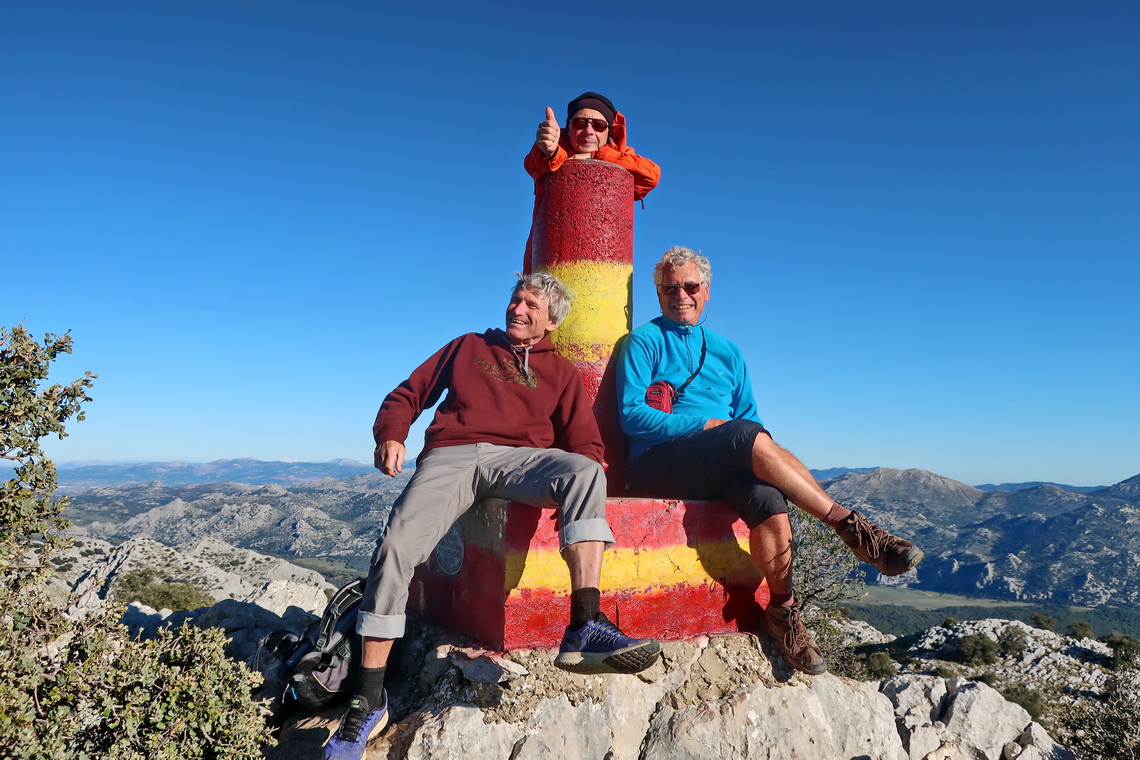
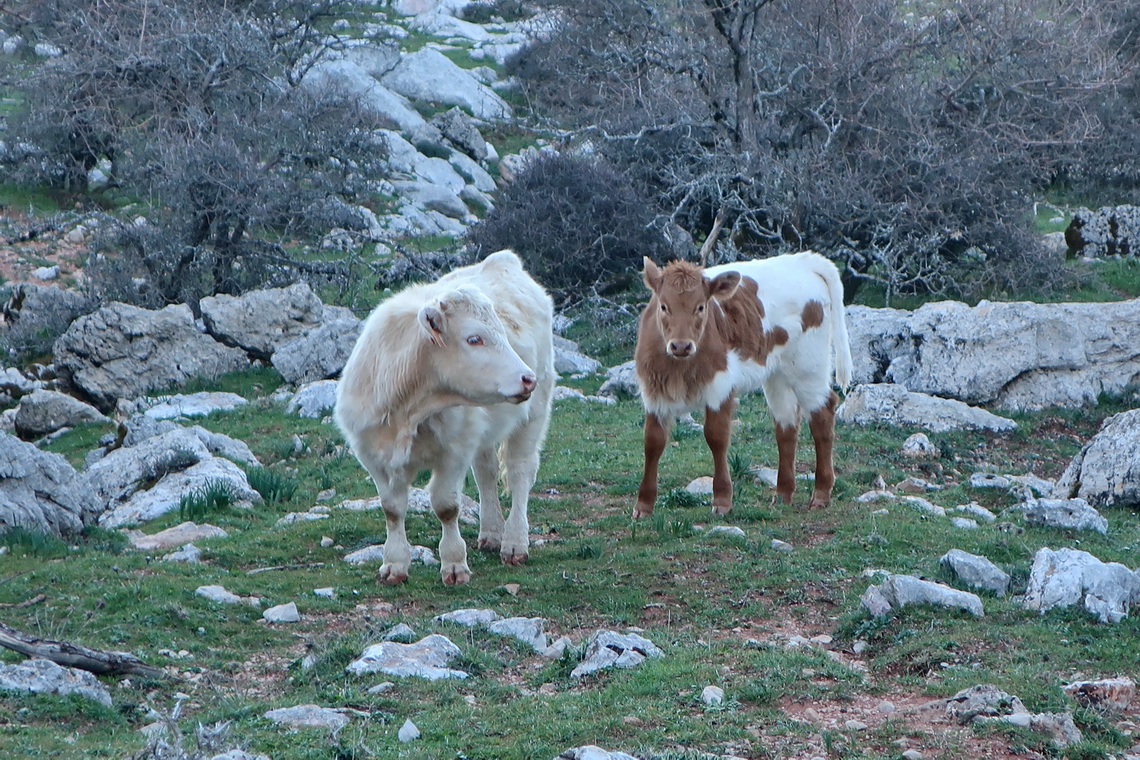
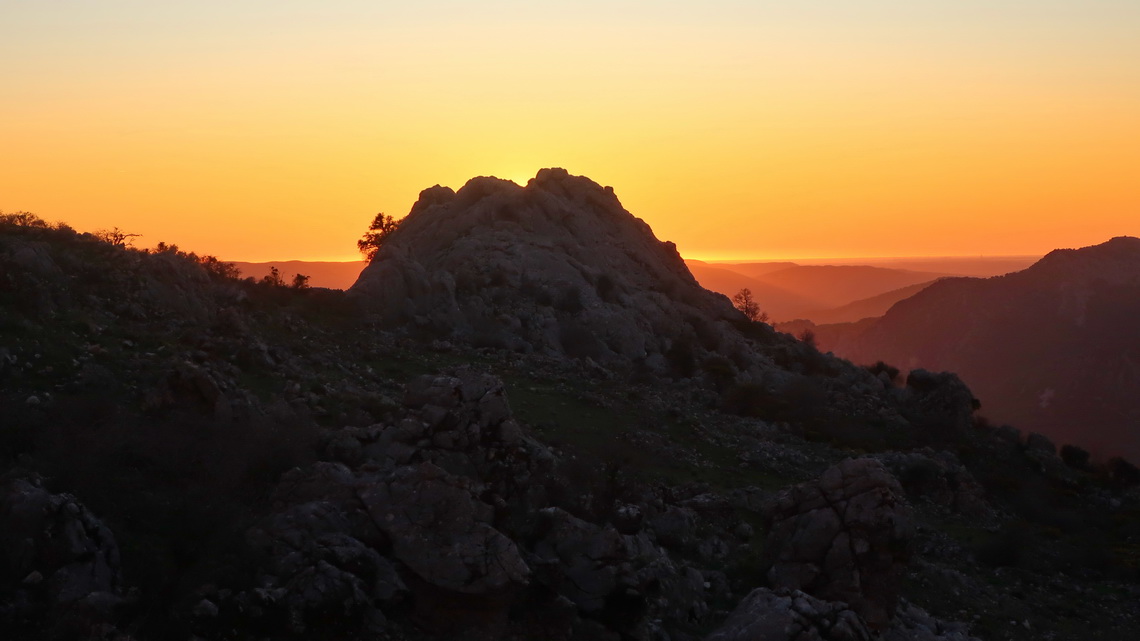
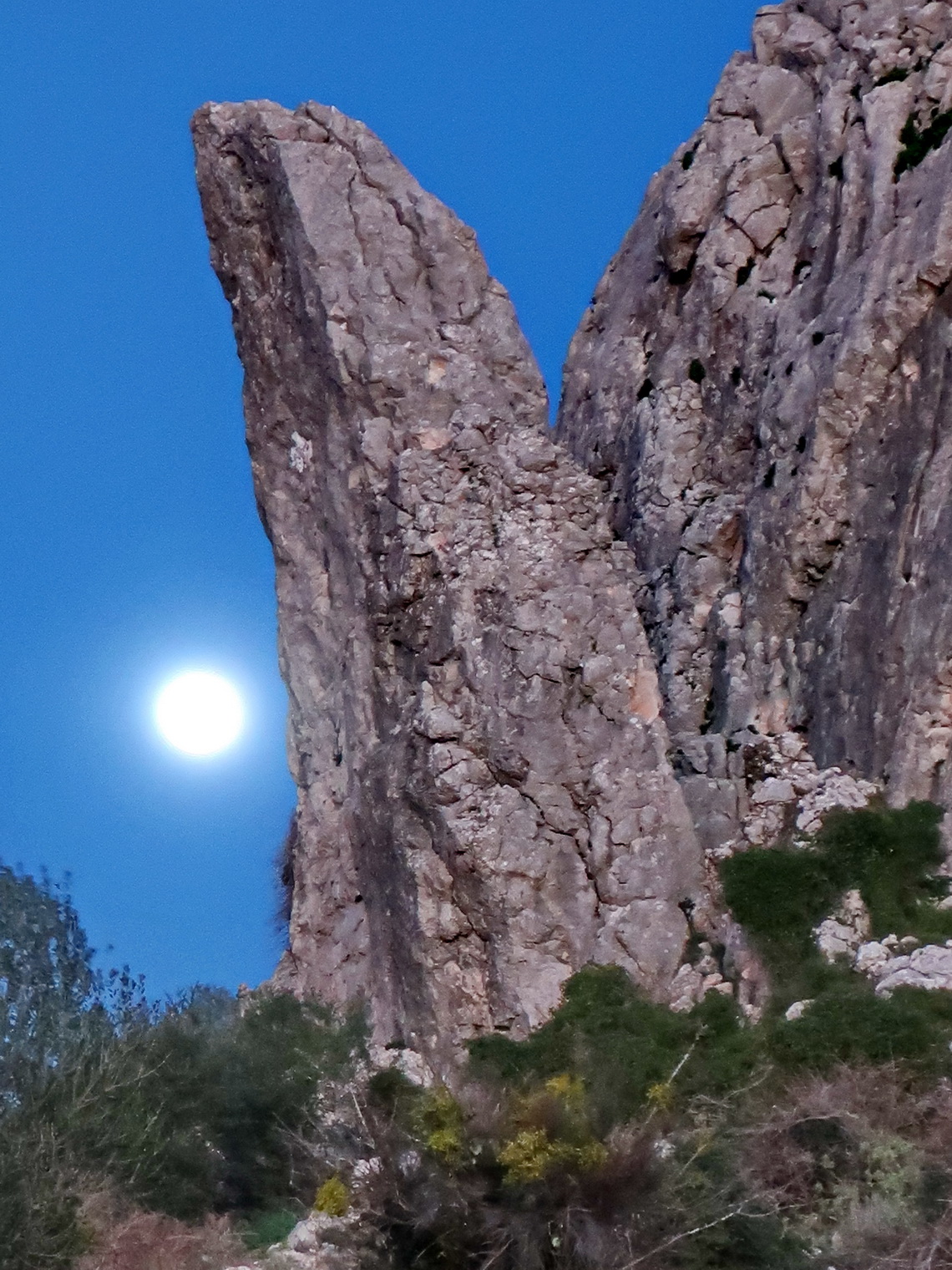
Even more challenging was our trip to the pristine top of Simancon which is with 1569 meters sea-level the highest mountain around Benacocaz. We came into the darkness because we hiked more than nine hours. Fortunately you get dinner in Spain at 10:00PM because we were hungry like wolves when we returned. The main problem was finding the paths not only after sunset because they were quite often invisible, bushy and sometimes thorny.
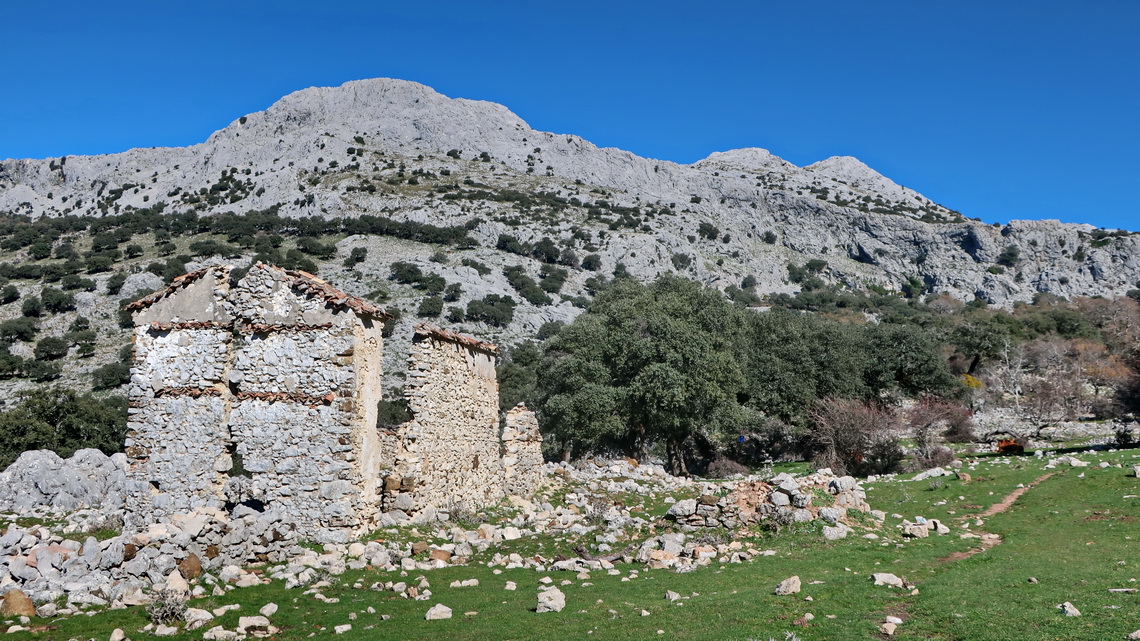
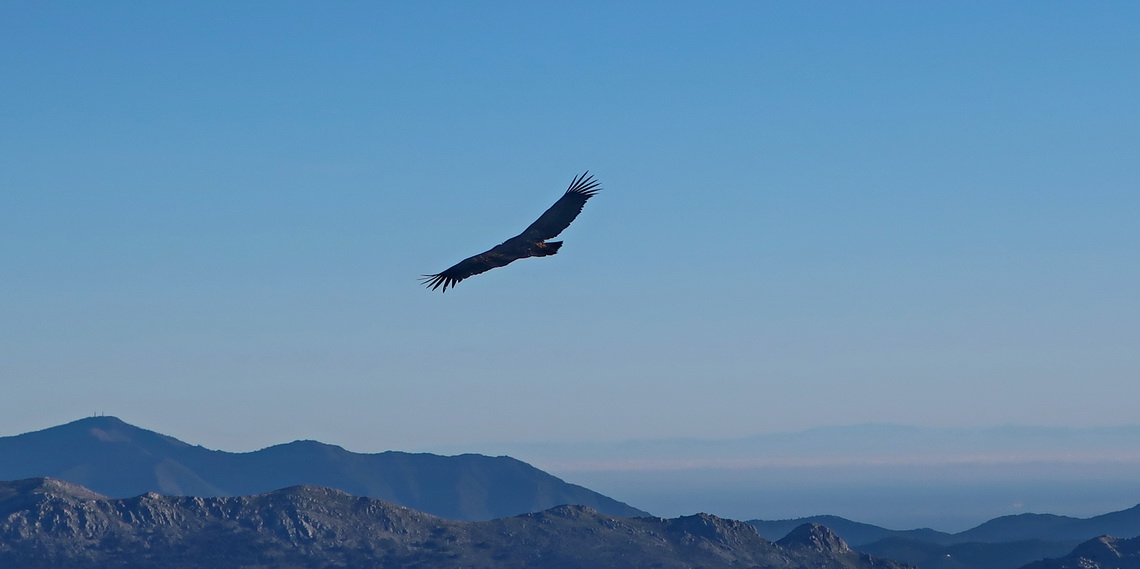
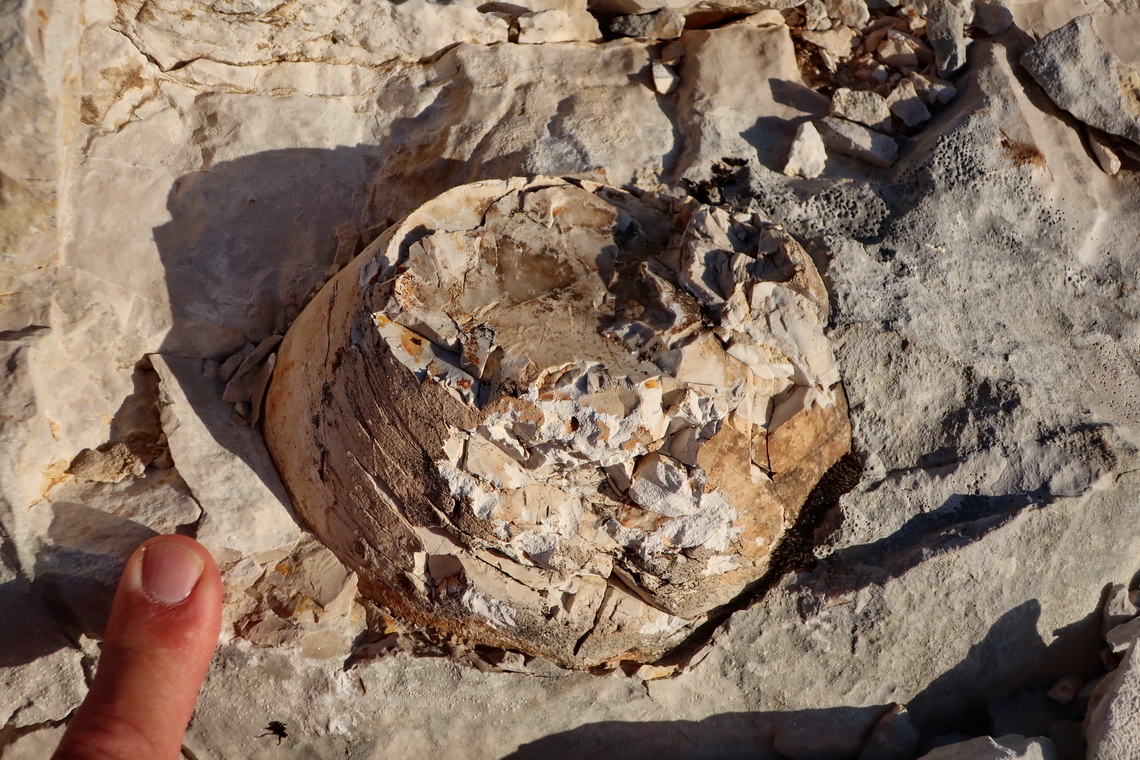
We met nobody else on these two superb mountain trips. From Benacocaz we drove to the village El Bosque where we cycled and walked the last part to the summit of 975 meters high Pico Albarracín. The winding and steep road from El Bosque to stunning Grazalema is famous not only by motorcyclist because it traverses the 1100 meters high pass Puerto del Boyar. Rudi and Alfred climbed up 1554 meters high San Cristobal which was a little bit annoying because again there was no visible path in the steep, rocky, bushy and thorny terrain with a lot of loose debris. Rudi continued to1654 meters high El Torreon - fortunately he found a better path for his descent and people who drove him back to our car.
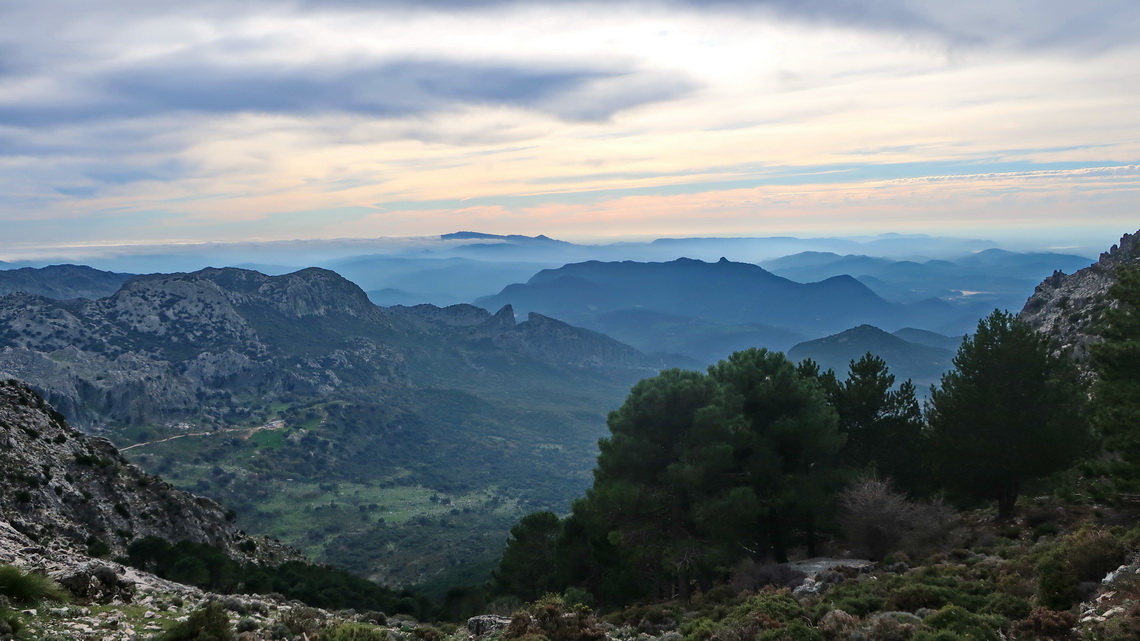
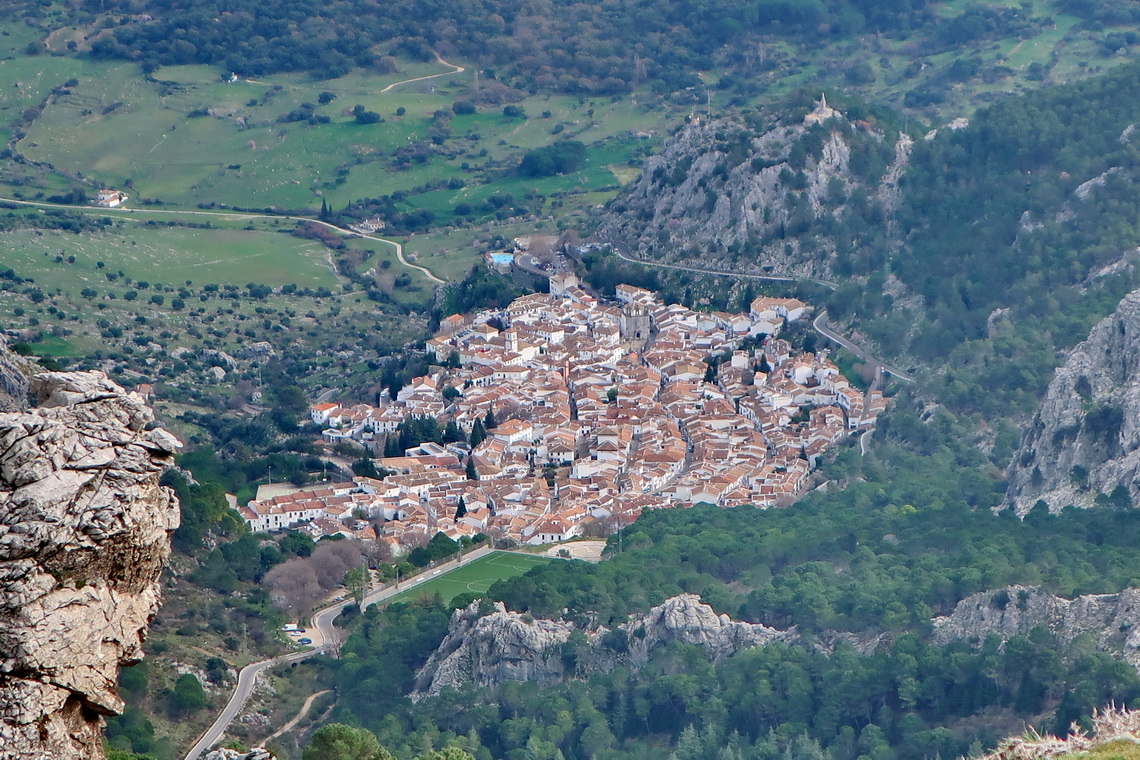
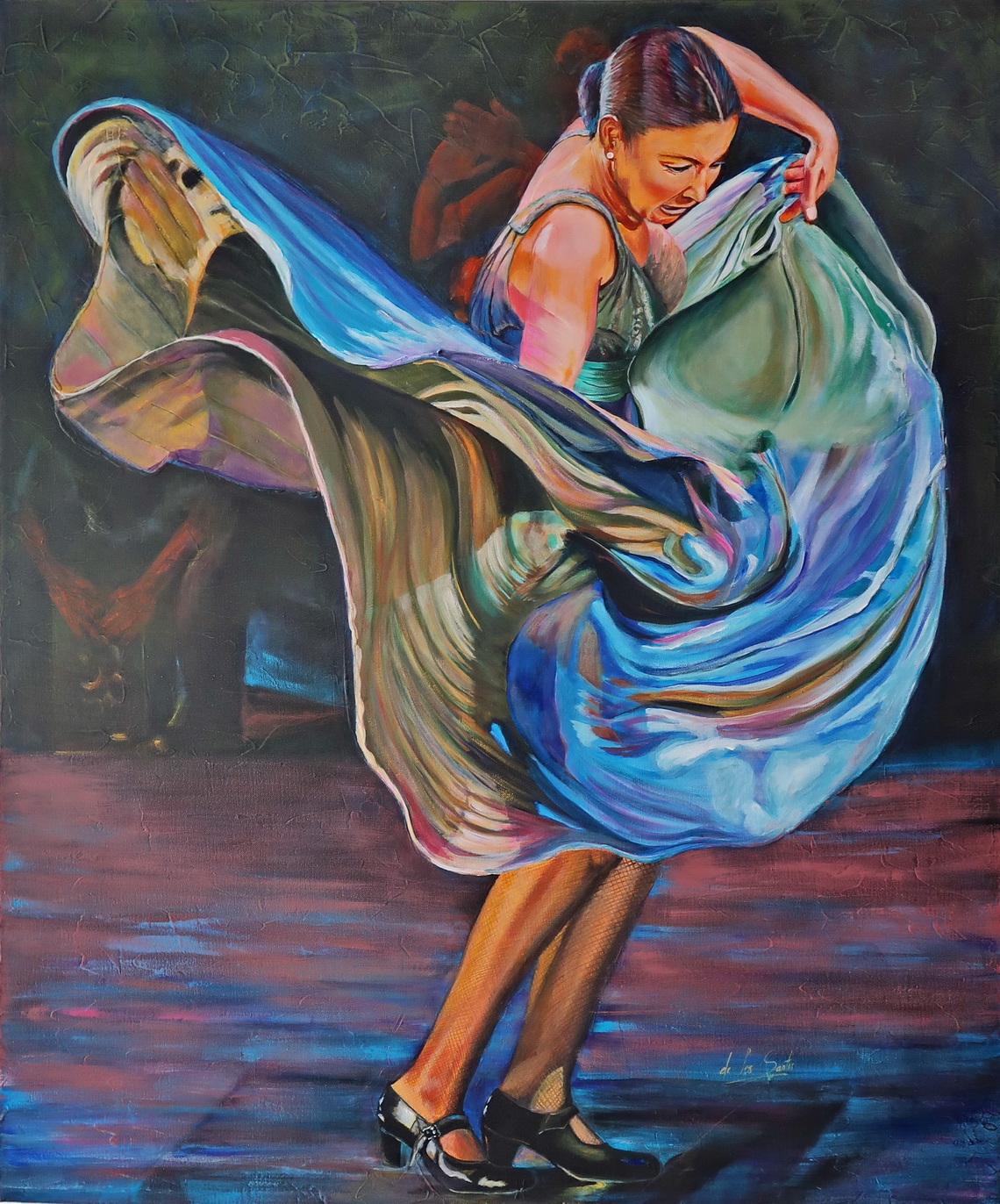
From the beautiful but touristic village Grazalema we headed to Algodonales and continued to Olvera via the 1185 meters high pass Puorto de las Palomas which is the start of the shorter mountain trip to the summit of Coros.


Olvera is a marvelous city with an awesome castle on its top. It is also the starting point of the superb cycling route Via Verde de la Sierra which leads 36 kilometers on a railway track to Puerto Serrano. It had been built between the years 1927 and 1936 but the railway line never had been inaugurated due to the Spanish Civil War (1936 - 1939). But now it is perfectly prepared for bicycling including four viaducts and thirty tunnels. An outstanding highlight half the way is the viewpoint Mirador Peñón de Zaframagón where we saw a lot of griffon vultures on the rocks and in the sky. Click here to see the website about Via Verde de la Sierra (In German language).
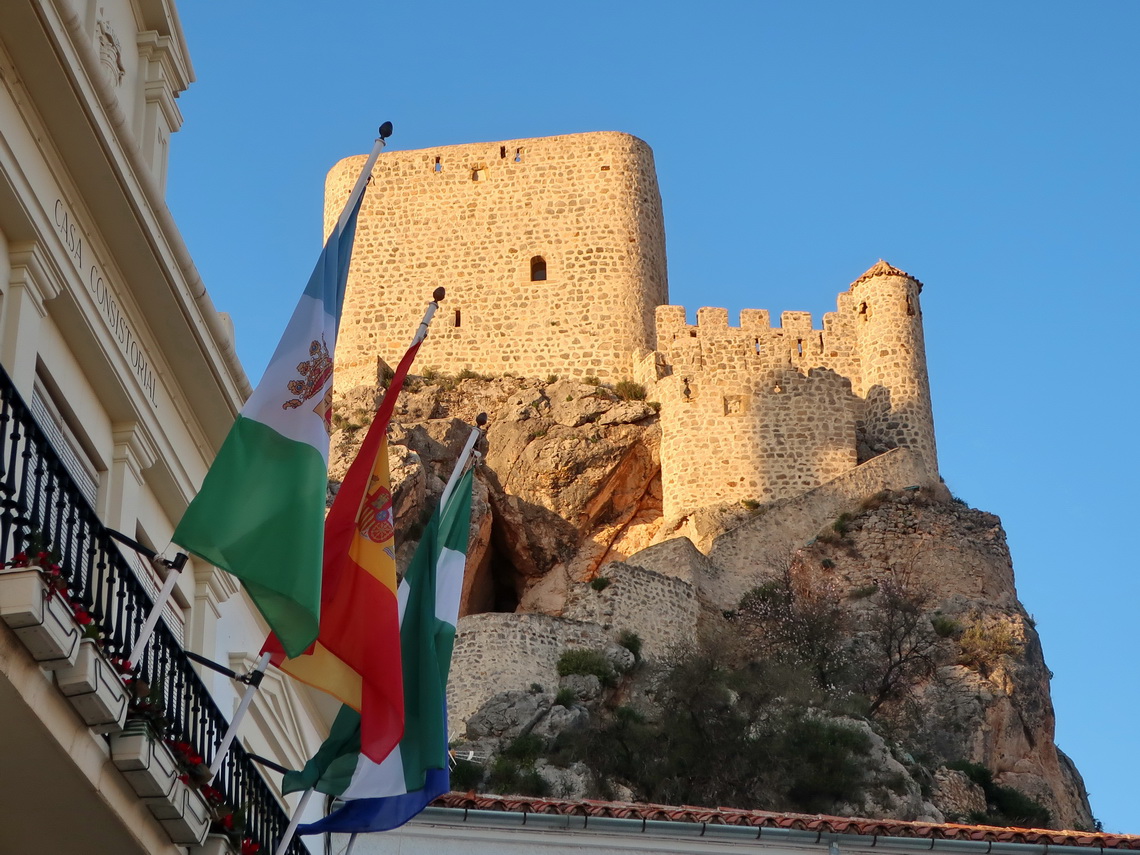
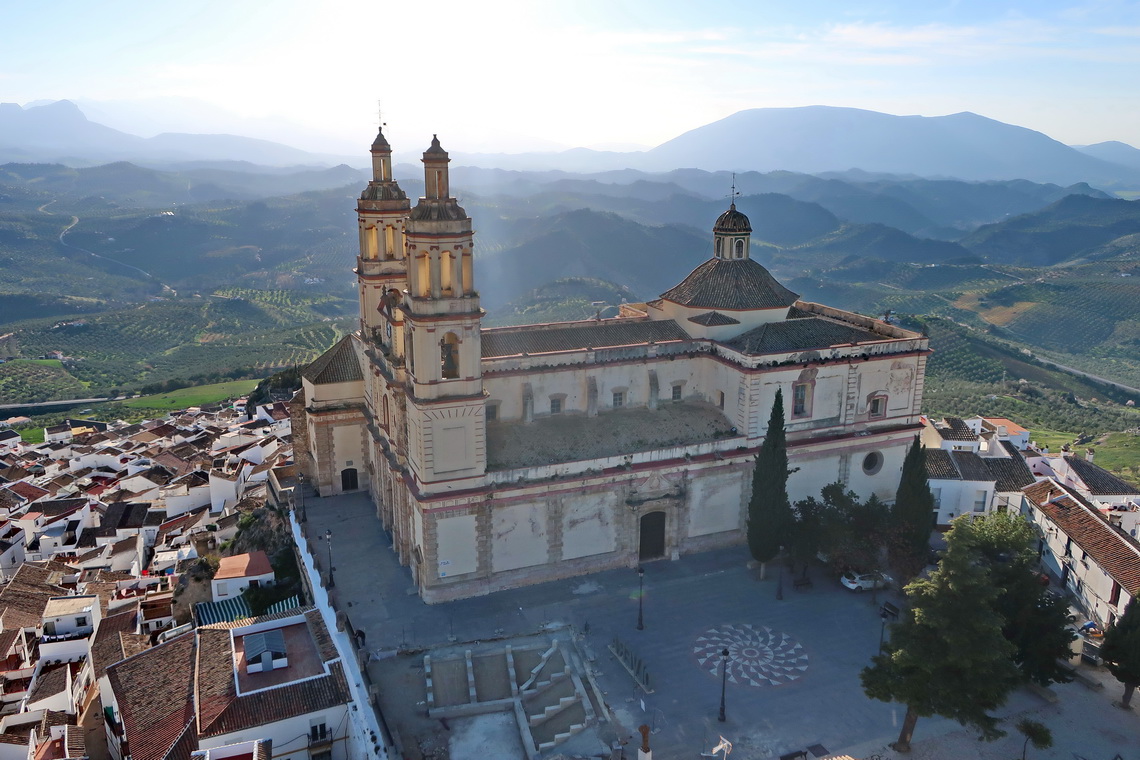
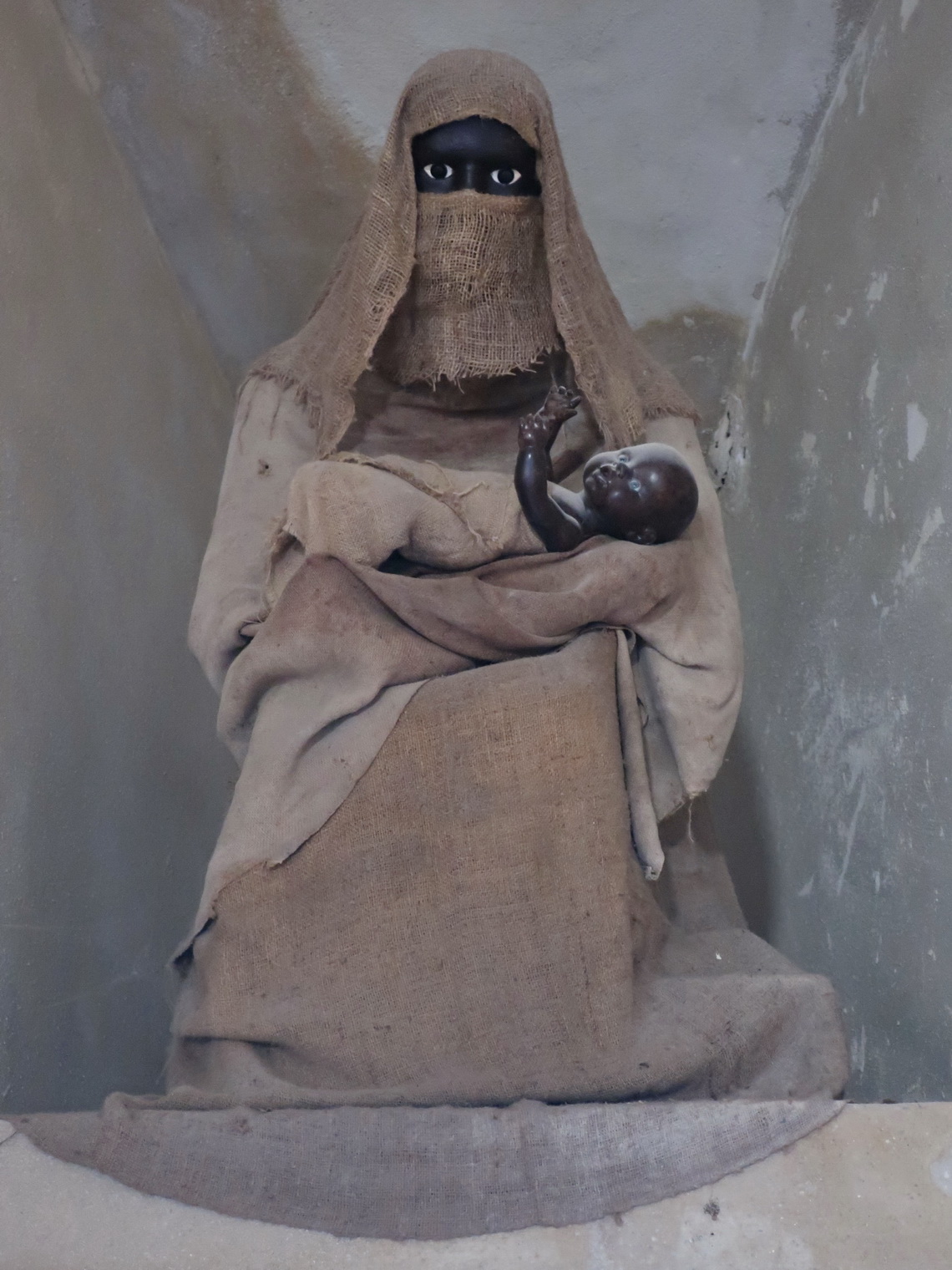
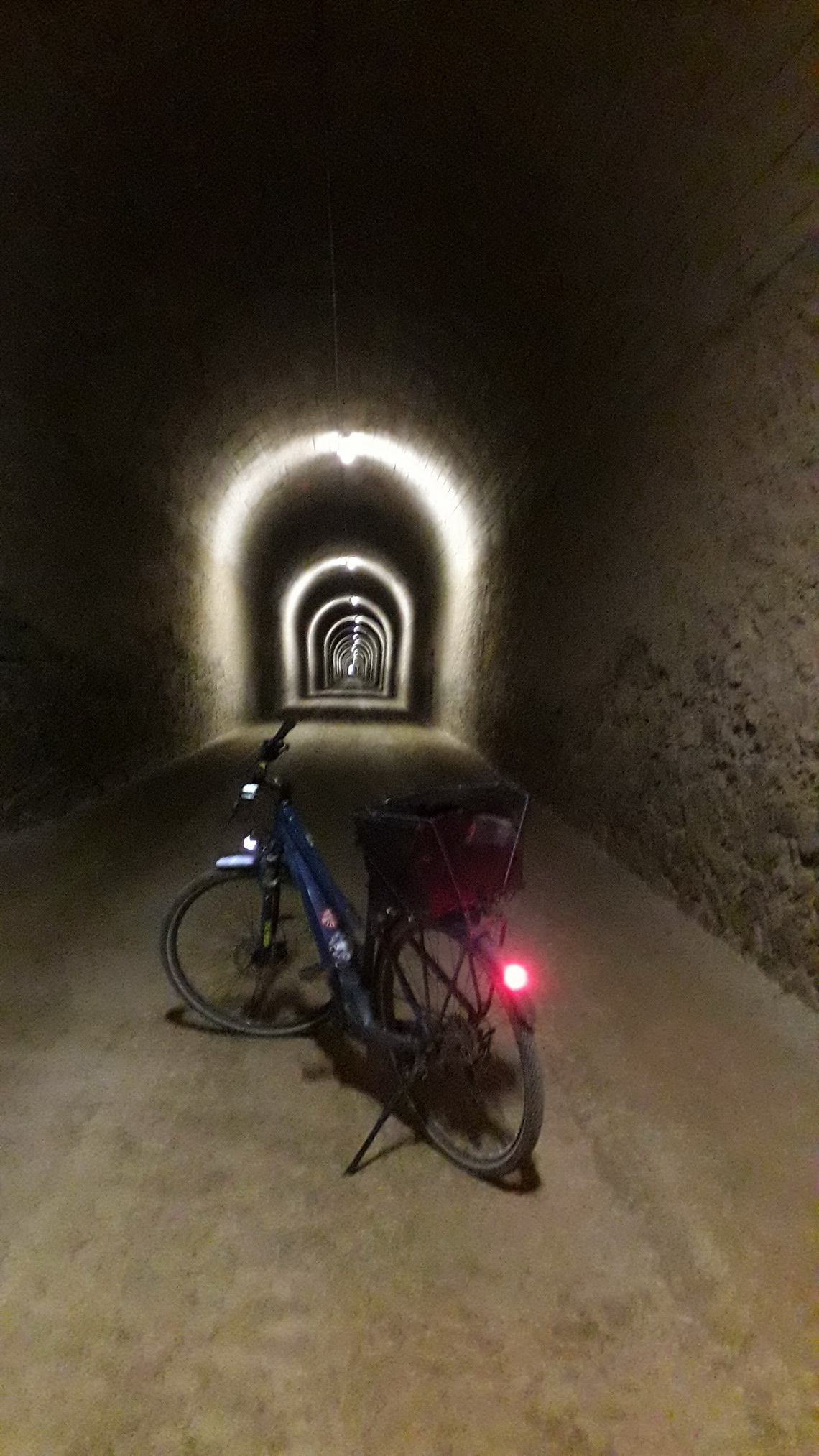
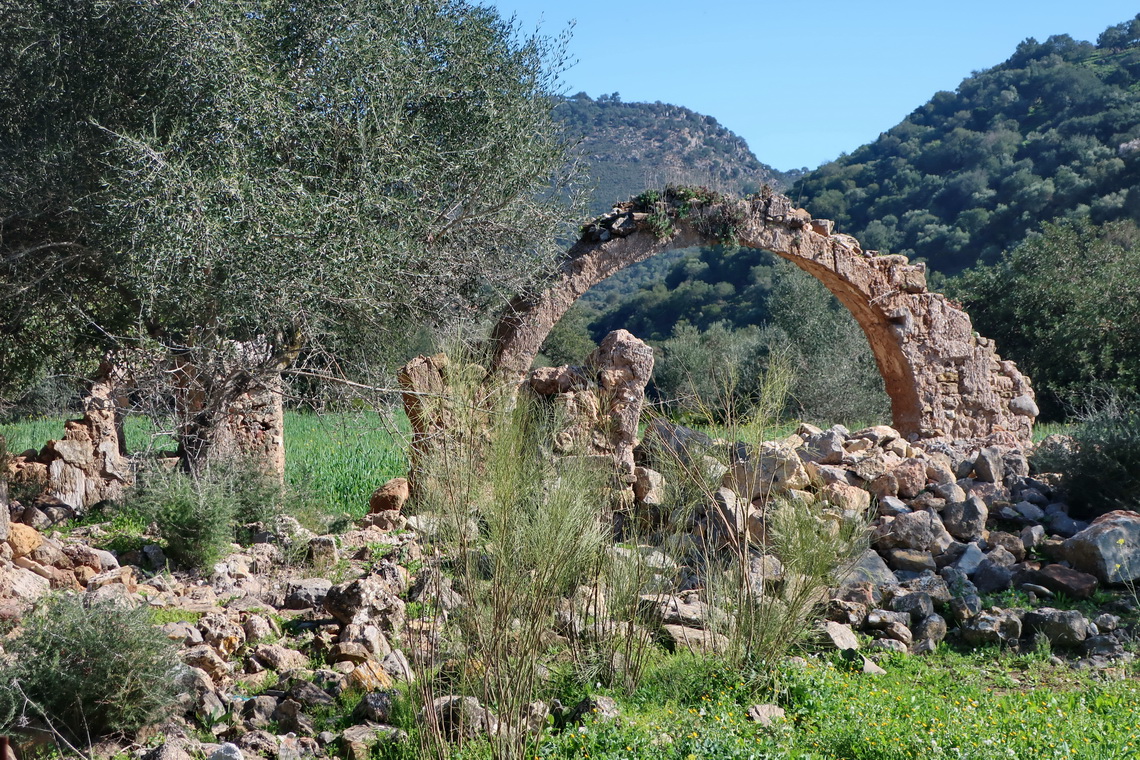
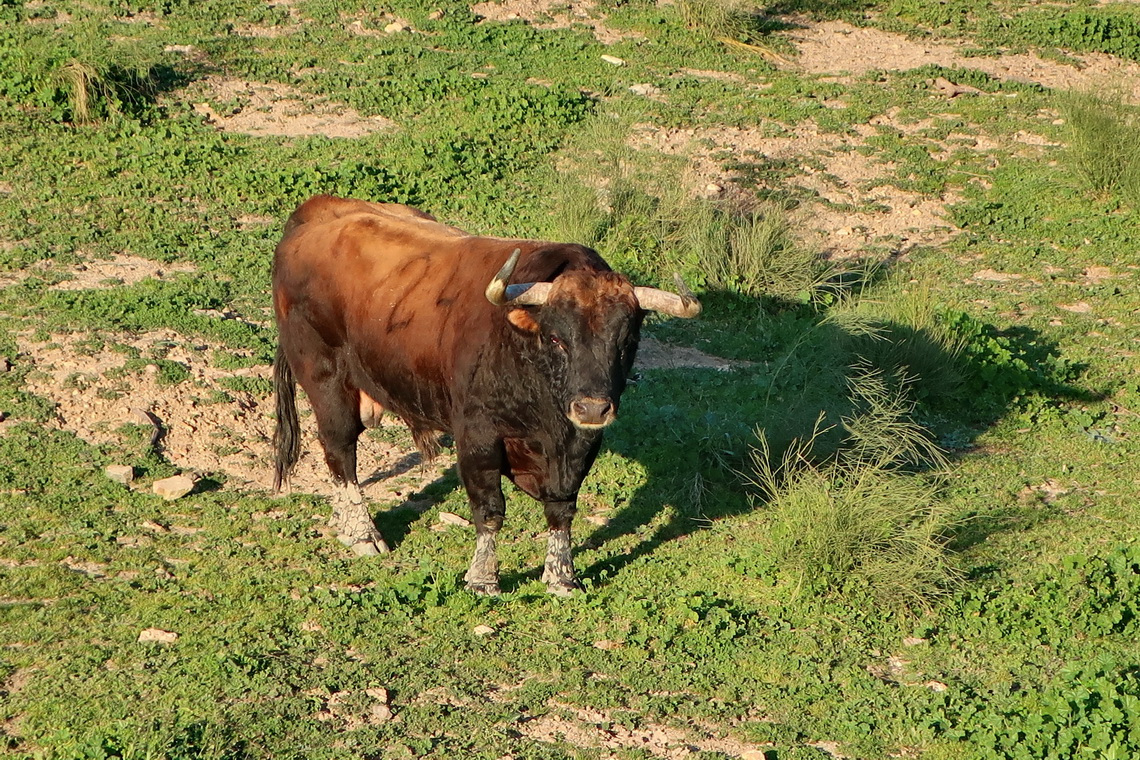
From Olvera we headed to the nice but very touristic town Setenil de las Bodegas which is famous for its cave dwellings and continued to Ronda where Rudi and Alfred climbed he two Via Ferratas Tajo Ronda I and II which we also had done in April last year, click here to see article Mountains of Andalusia and the way home - Spring 2023.
In Ronda we sadly said bye-bye to Rudi and Tommy who drove back to Germany. Jutta, Hermann and we turned southwards to Tarifa to catch a ferry to Tanger, Morocco with stops on the wonderful overnight staying place in the mountain village Benarrabá and on a parking lot in the beach town San Luis de Sabinillas. We had been in Tarifa in April 2023, too - click here to see article Andalusia - Coast West of Málaga - Spring 2023.
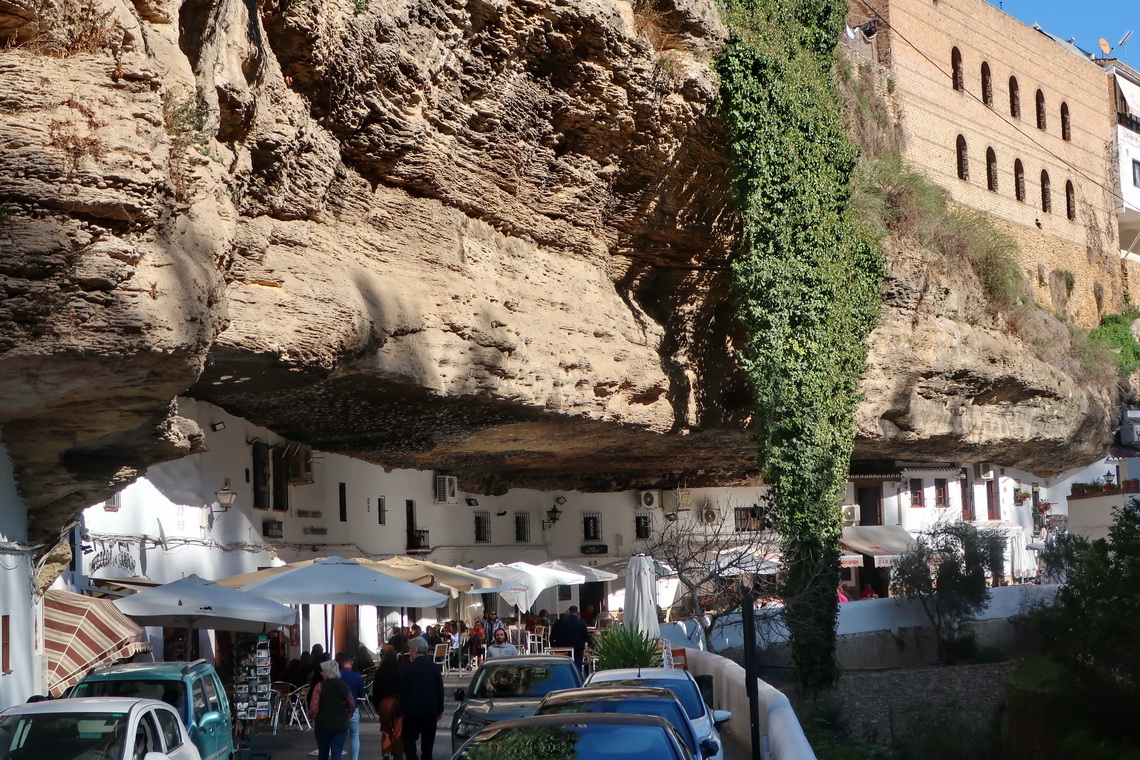
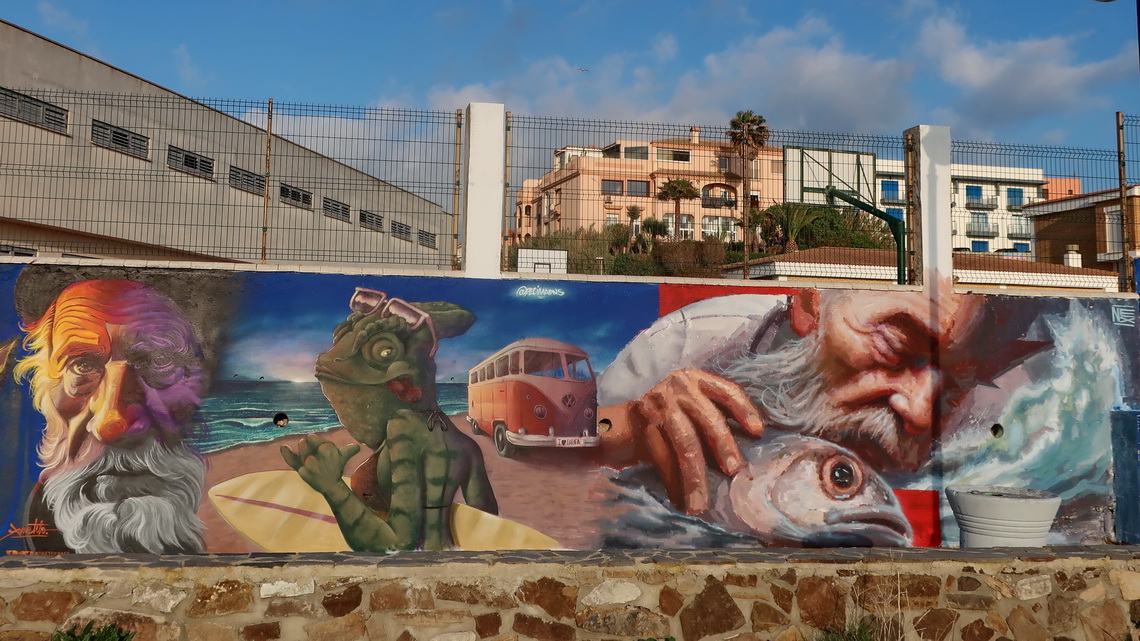
On February 7th 2024 we left Spain and crossed the street of Gibraltar to Africa.
Most of our overnight staying places and hikes are in included in our GPS coordinates file of Spain
For more pictures, please click here
For a map of our itineraries, click here
To download our GPS coordinates file of Spain, click here
